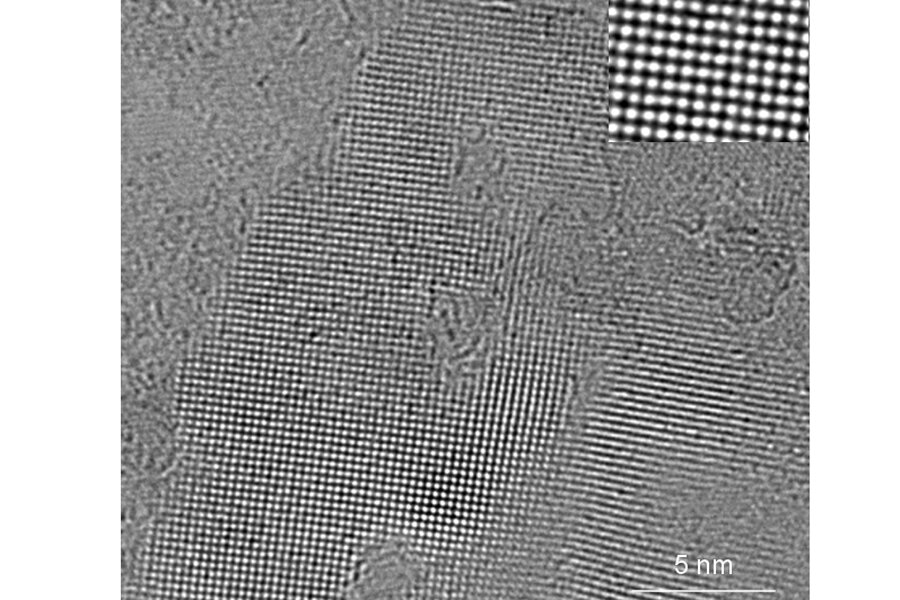Square ice: Has science perfected the snowflake?
Loading...
The snowflake is the ultimate embodiment of individuality in nature – each has an intricate and unique pattern. So why are scientists making them all look the same?
An international team of researchers has shown that, under certain conditions, microscopic amounts of water will form neat rows of square ice crystals. Their findings were published today in Nature. But why go to such lengths just to standardize the snowflake? As it turns out, they didn’t – it was an accident.
Water is one of the most thoroughly studied substances on Earth, but we still don’t completely understand its behavior – particularly at the atomic level. Microscopic water is omnipresent, filling every crack and covering even the most barren landscapes in “monolayers” just a few atoms thick. So in order to investigate the properties of water at this level, researchers had to develop a transparent, nanoscopic tube.
By building this “nanochannel” out of one-atom thick graphene – a form of carbon that is both transparent and stronger than steel – they would be able to contain and study water at the nanoscale. But when they added the water, something surprising happened. Even at room temperature, small ice crystals formed within the tube. And while all other “known ices” – snowflakes included – form pyramidal structures, these crystals were flat and square.
After running a series of simulations, researchers predicted that, as long as the layer of water was thin enough, it would form square crystals regardless of the material surrounding it. So at least at the molecular level, square ice is probably very common.
“Microscopic cracks, pores, channels are everywhere, and not only on this planet,” co-author Irina Grigorieva, of the University of Manchester, said in a statement. “Knowing that water on a nanoscale behaves so differently from the common bulk water is important for better understanding of materials.”
“Water is probably the most studied substance ever but no one thought that ice could be square,” added co-author Sir Andre Geim, who was awarded a Nobel prize for his work with graphene. “This story shows how much new knowledge remains to be uncovered when one goes down to the nanoscale.”









